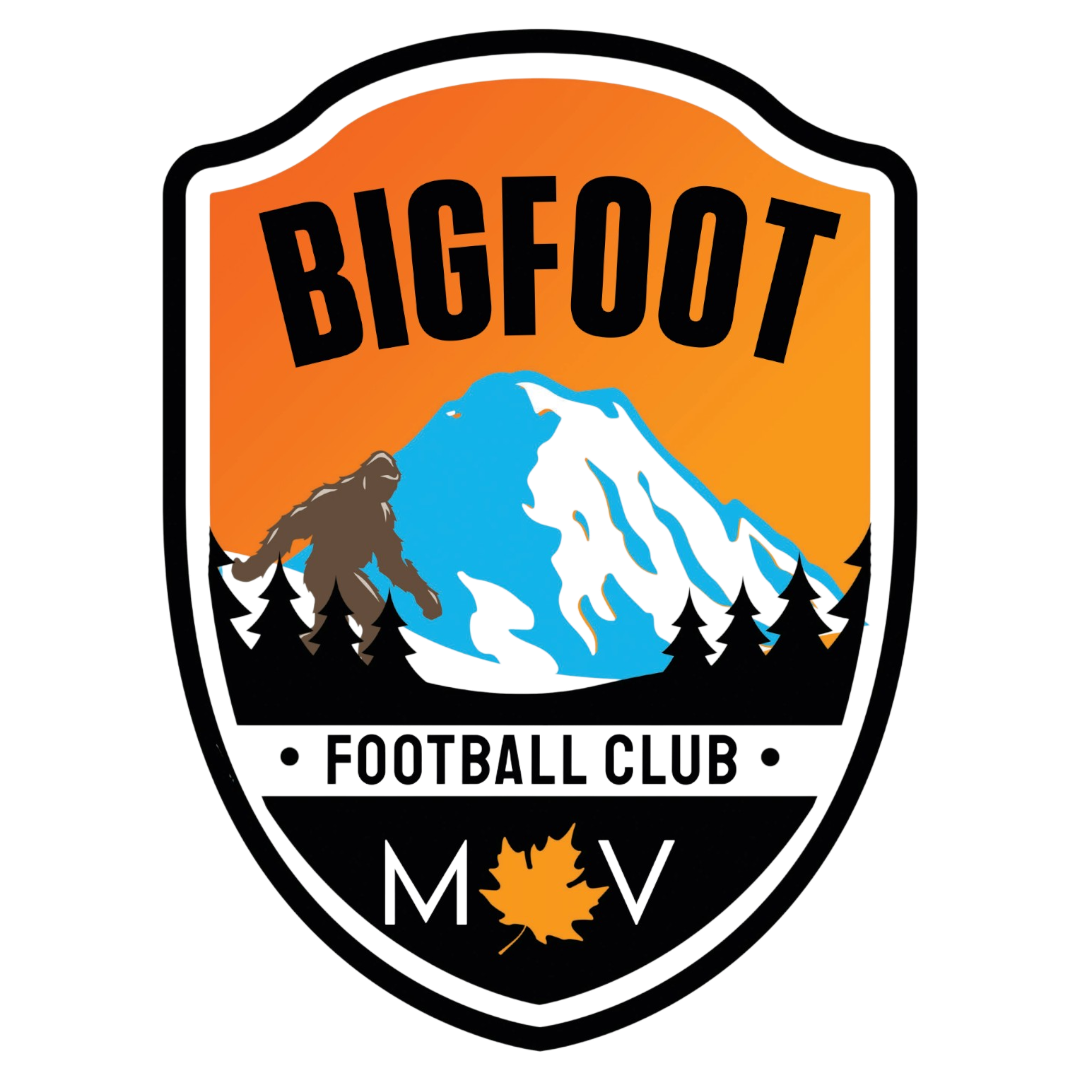CONCUSSION PROTOCOL
Bigfoot Football Club Concussion Protocol
1. Immediate Action:
-
Remove from Play: If a player is suspected of having a concussion, they should be immediately removed from the game or practice.
-
Assessment: A coach, athletic trainer, or team physician should assess the player for concussion symptoms. This can include looking for:
-
Loss of consciousness (even briefly)
-
Headache
-
Dizziness or confusion
-
Nausea or vomiting
-
Sensitivity to light or noise
-
Balance problems
-
Memory or concentration issues
-
Disorientation
2. Evaluation by a Medical Professional:
-
Professional Assessment: If a concussion is suspected, the player should be evaluated by a healthcare professional, such as a physician or athletic trainer with experience in head injuries. This can include tests like the SCAT5 (Sport Concussion Assessment Tool) or other recognized concussion evaluation tools.
-
Clearance to Return to Play: Only a healthcare provider can determine if the player has suffered a concussion and whether they can return to play. If the player is diagnosed with a concussion, they should not return to any physical activity until cleared by a medical professional.
3. Return-to-Play Protocol:
-
Rest: After a concussion diagnosis, the player must rest physically and mentally until symptoms subside. This includes avoiding activities that could worsen symptoms, such as screen time or strenuous physical exertion.
-
Gradual Return-to-Play (RTP) Protocol: This involves a step-by-step process that typically lasts at least 5-7 days, with the player gradually increasing their activity level under medical supervision. Steps typically include:
-
Stage 1: Complete rest (no physical activity)
-
Stage 2: Light aerobic exercise (e.g., walking, stationary bike) to increase heart rate.
-
Stage 3: Sport-specific exercise (e.g., jogging, running) but no contact.
-
Stage 4: Non-contact training drills (e.g., passing, shooting).
-
Stage 5: Full-contact practice (if symptoms persist, the player must go back to previous stages).
-
Stage 6: Return to full play.
-
Symptom-Free Progression: Each stage should last at least 24 hours. If symptoms return at any point, the player must stop and rest for 24 hours before starting the previous stage again. A player must be symptom-free at each stage before progressing.
4. Education & Awareness:
-
Coaches, Players, and Parents: It's important for coaches, players, and parents to be educated on concussion symptoms, risks, and proper handling of suspected concussions. This ensures a safer environment and promotes immediate action when a concussion occurs.
5. Zero Tolerance for Returning Too Soon:
-
No “Return to Play” on Same Day: A player who is suspected of having a concussion should never return to play on the same day, even if symptoms seem to improve. Returning too soon can cause more severe injuries, such as second impact syndrome.
6. Tracking and Documentation:
-
It’s essential to document all suspected concussions, including the player's symptoms, the treatment and assessment provided, and their progress through the return-to-play protocol.
By adhering to a strict concussion protocol, the health and safety of players are prioritized, reducing the risk of long-term consequences associated with concussions.
